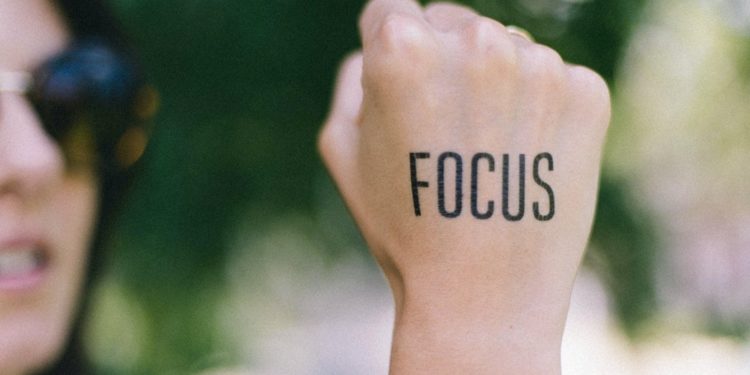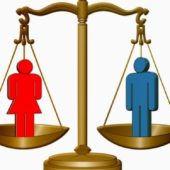2020 was an extraordinary year for Diversity and Inclusion and, thankfully perhaps, it is now over. We now have the advantage of looking back through the year to better understand what lessons we have learned and what will continue to evolve in 2021. Here’s my list of five new and continuing trends for Diversity and Inclusion this year:
- Diversity & Inclusion at the top of the corporate agenda
Last year was a wake-up call for many companies as the BLM movement highlighted the deep-rooted, latent biases that prevent Black people from progressing. Once recognised, many companies realised the only way to combat bias is with a more rigorous and responsible approach to Diversity and Inclusion. Some have responded by introducing company-wide initiatives that lay the responsibility of progress at the feet of both the leadership team as well as each individual staff member. Voice At The Table is involved in several such programmes and is delighted to, finally, be part of more impactful change.
- The Evolution of Language
Use of language has two sides: one is to ensure that the words we use in our communication do not betray ingrained biases and outdated beliefs; the other is giving people the words they need to express what it’s like to be on the receiving end of bias.
Outdated language: the surge to eradicate words from our vocabulary that betray racism, sexism and other “isms” started last year with the purge of terms like white and black lists, master and slave servers, master bedrooms and so on. Our language has evolved to include antiquated standards without us noticing – until now, it seems. Many a business has been named and shamed for the use of callous terminology that alienates employees, customers and other stakeholders.
You might recall the H&M incident a couple of years ago.

Words to express bias: Until recently, people weren’t sure how to explain why D&I is good for business, how it feels to be on the receiving end of microaggressions and what indirect discrimination looks like. With increasing emphasis on Diversity and Equality-related subjects, stories are emerging that showcase discrimination in a way that others understand. “Systemic racism” and “white privilege” are now recognised terms. Companies and people are woke to terminology that captures and expresses conditions that, not so long ago, while rampant, were not visible to most. This change will afford people opportunities to better explain the latent unfairness they may be experiencing.
- Diversity in the Public Eye
Diversity isn’t just important to companies, it has become a topic du jour for society. More and more films, TV programmes, theatre productions, art exhibitions, sports events and written materials occupy themselves with the topic and reflect society in a more authentic and accurate manner. Think of Netflix’s Bridgerton and BBC’s Small Axe. Consider all-female football and rugby teams now being afforded more screen time. Think about art exhibitions celebrating Black female artists and articles dedicated to female artists. While still in its infancy, this is a growing trend.
- Working From Home
Both a blessing and a curse, working from home is most certainly here to stay. It has, unfortunately, been as much a villain – particularly for women – as it has been a saviour – giving many of us an opportunity to wrap our careers around the rest of our lives. While the pandemic keeps wreaking havoc, we will continue to make our homes also our offices. What happens after is still a mystery, but I’d venture a solid guess that we won’t be returning to the office on a full-time basis.
- Women are back in focus
The 2020 pandemic hit women hard. They bore the greater burden of the job loss predicament, having to exchange their careers for home-schooling and caring duties. Companies in the UK were also given a reprieve from Gender Gap Reporting in 2020 – a retrograde step for our legislative progress[i].
As a result, the focus on hiring, retaining and supporting women in the work force has returned, particularly in the Tech sector. The good news is that, while we continue to applaud efforts made by companies to level the playing field, many women have taken matters into their own hands by highlighting the issues and fighting to regain lost ground. Like NASDAQ’s CEO Adena Friedman who is pushing for more Diversity in the Boardroom, as reported by the New York Times in December.
Here at Voice At The Table, we will continue to work with you on developing your D&I strategy, helping you assess the levels of Diversity and/or Inclusion in your organisation, and helping you implement impactful culture change initiatives that will ensure that your organisation garners the benefits of diversity both for the business and for each individual.
To find out how we can help you on your Diversity journey, please get in touch with me.
[i] It would be remiss of me not to mention the fact that women have also been let down by governments and society when it comes to protecting them from domestic abuse which always rears its ugly head during pandemics.





 Pink didn’t start out as a colour of girls. In fact, in the 19th century, pink was a colour associated with boys. As red was the colour closely-associated with men, pink – a lighter shade of red – was the colour most often chosen for little men, as boys were then regarded.
Pink didn’t start out as a colour of girls. In fact, in the 19th century, pink was a colour associated with boys. As red was the colour closely-associated with men, pink – a lighter shade of red – was the colour most often chosen for little men, as boys were then regarded.

 This article has been a long time in gestation – novels have been written quicker. But its development, alongside the evolution of my views, has given me the confidence (yes, men need confidence too) to write for Voice At The Table. It is also the story of why the men who should be publicly leading on gender equality mostly stay silent.
This article has been a long time in gestation – novels have been written quicker. But its development, alongside the evolution of my views, has given me the confidence (yes, men need confidence too) to write for Voice At The Table. It is also the story of why the men who should be publicly leading on gender equality mostly stay silent.


 Guest blog by
Guest blog by 